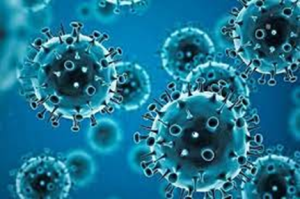Common human coronaviruses, including types 229E, NL63, OC43, and HKU1, usually cause mild to moderate upper-respiratory tract illnesses, like the common cold. Most people get infected with one or more of these viruses at some point in their lives. This information applies to common human coronaviruses and should not be confused with COVID-19 (SARS-CoV-2) pandemic.
